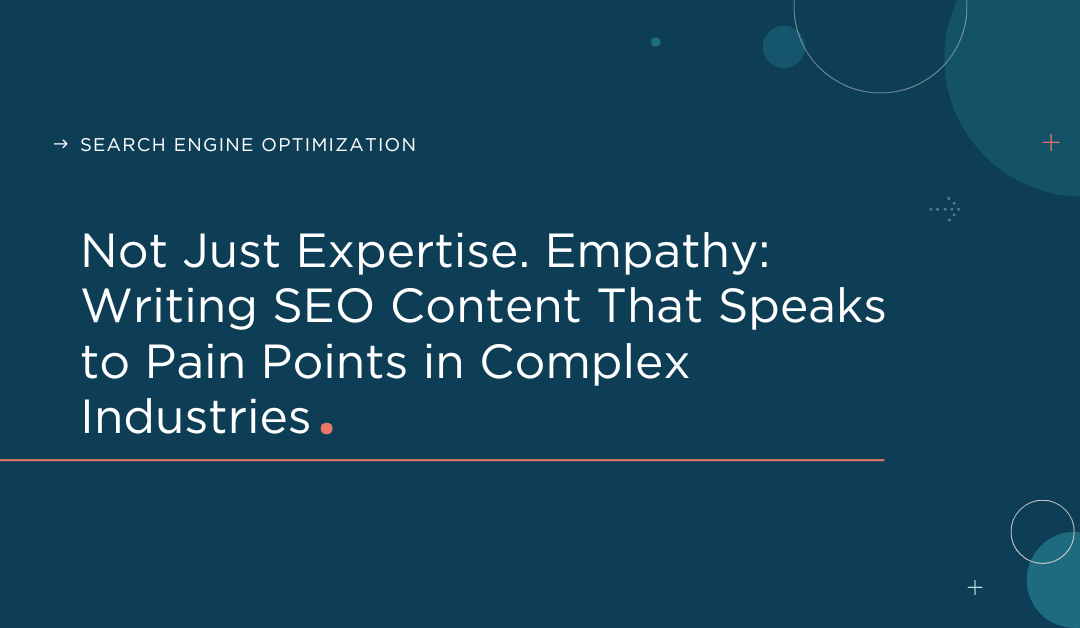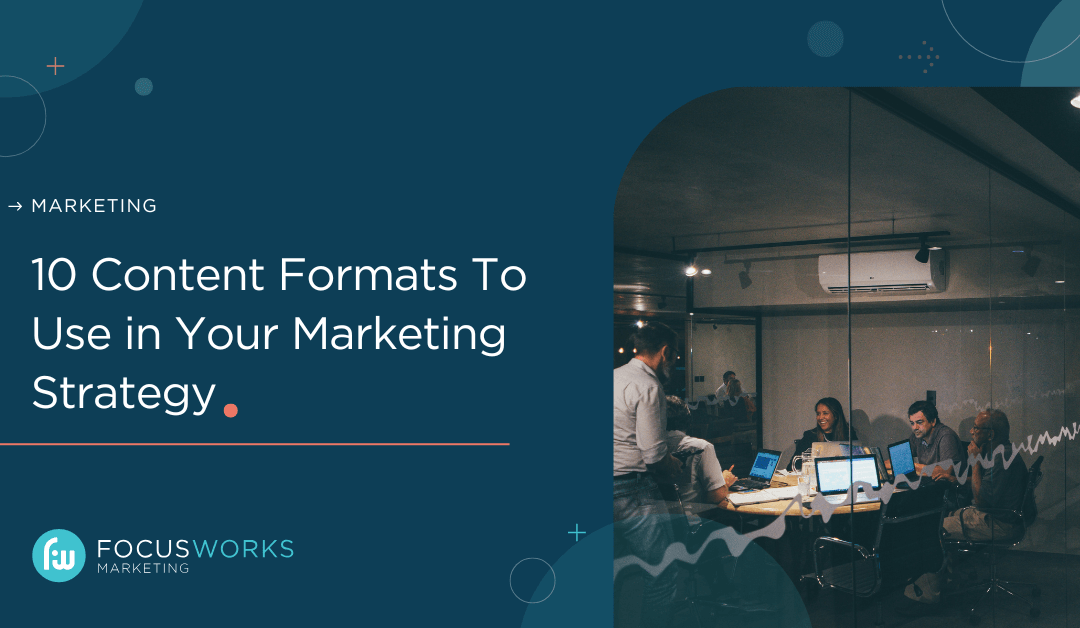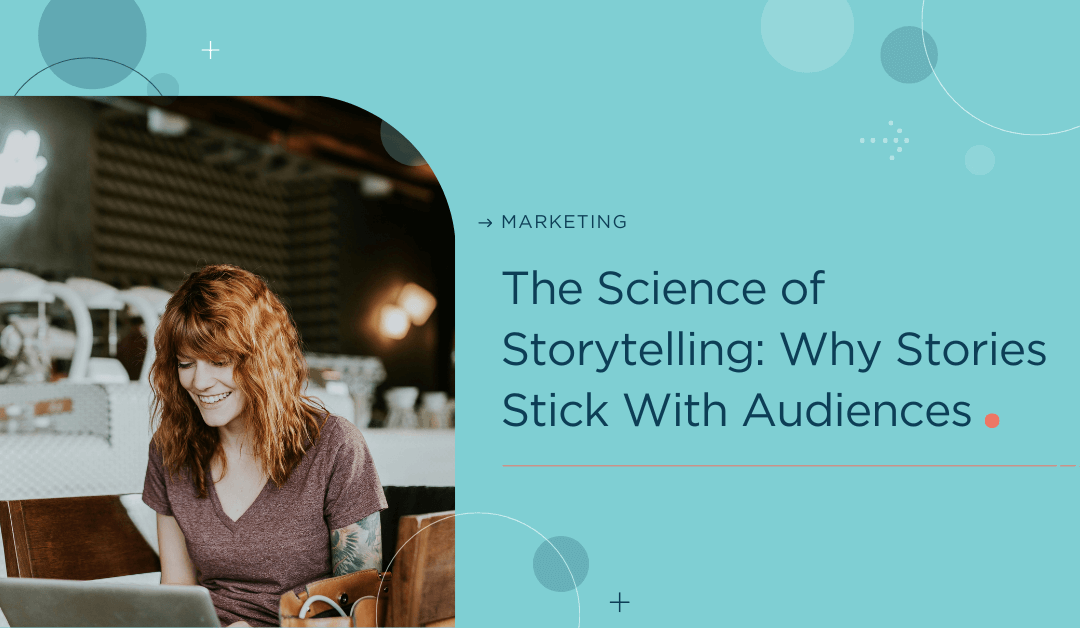Think about it—whenever someone has a problem, a crisis, or a nagging existential dread at 2 a.m., they don’t call a friend. They don’t pull out an encyclopedia. They go straight to the search bar.
“Do I need a lawyer after a car accident?”
“What happens if I can’t pay my taxes?”
“How do I get my landlord to fix my AC?”
These searches aren’t about curiosity. They’re about time-sensitive issues, confusion, concern. They’re stress-induced, sleep-stealing, and for many people, completely paralyzing.
And what do most SEO-optimized articles offer in return?
Unscalable walls of jargon. Sales pitches camouflaged as advice. Robotic explanations written to satisfy, well, a robot instead of a person.
So what happens?
The person leaves—frustrated, still overwhelmed, still searching. And they’re not just leaving that article. They’re leaving your site. They’re leaving your brand.
Not because you didn’t know the answer. But because you didn’t make them feel understood.
SEO in complex industries needs more than information
In industries like law, healthcare, logistics, and accounting, people assume you’re qualified. That’s the baseline.
What they don’t assume—what you have to show them—is that you understand what they’re going through. That you know what’s at stake. That you’re not just here to inform—you’re here to help them work through it.
But most SEO content is still built around keywords and pageviews instead of clarity and connection.
Firms love to lead with lines like:
“With over 30 years of experience, our team delivers trusted solutions across sectors.”
But to someone who’s trying to figure out how to get out of a financial bind, comply with new legislation, or manage a vendor breakdown, that kind of language feels distant.
If your content doesn’t acknowledge their reality first, they won’t stick around for your expertise.
Why this matters (and what the data says)
Forrester reports that 65% of B2B buyers say they get too much content from vendors—and most of it isn’t useful. Meanwhile, Edelman’s trust research shows that 81% of people need to trust a brand before they’ll even consider buying from them.
That’s not just a content problem. That’s a communication gap.
And Google’s evolving algorithm is closing that gap whether we adapt or not. The latest updates to its Search Quality Guidelines place a heavy emphasis on E-E-A-T: Experience, Expertise, Authority, and Trust.
So yes, your content needs to be credible. But it also should to be relevant, useful, and written for the real-life person reading it.
How to create SEO content that connects and converts
If you’ve ever looked for help with a healthcare plan, business insurance, or quarterly filings, you already know what helpful content sounds like—and what makes you bounce away from the page.
Let’s apply that insight to your own strategy.
Talk to a person, not a panel
Most B2B content is written to check boxes for compliance or impress a boardroom, not to help someone who’s trying to make a decision under pressure.
Take a general counsel at a mid-sized company who’s researching indemnity clauses after a vendor dispute. They’re not casually browsing—they’re trying to figure out if they’re already exposed.
A 1,200-word explainer on contract law might be technically correct—but it’s out of sync with their needs.
Or an ops lead who’s managing late shipments across three continents. When they search for “supply chain continuity plan,” what are they looking for? A template? Or how to avoid another painful conversation with the CFO.
Empathy takeaway: The best content sounds like it came from someone who’s seen this before—and knows what needs to happen next.
Understand what’s behind the search
Search queries in complex industries often come dressed up in technical language. But they’re rarely abstract.
An accounting director searching “revenue recognition for multi-year contracts” might be implementing ASC 606. But behind the keyword is a tangled set of questions: What goes on the books this quarter? How do I explain the change to the board? Will this affect performance targets?
Same with a health IT director googling “HIPAA compliant messaging apps.” That’s not about features. It’s about liability, staff workflow, and what happens if a provider texts a patient from their personal phone.
Empathy takeaway: Understanding the search means understanding the stressors behind it. When your content anticipates that context—and names it—it offers your reader clarity rather than confusion.
Present detail without overwhelming people
Complex content tends to overcompensate. There’s often a fear that if you don’t show all the nuance up front, you won’t be taken seriously.
But the best-performing content in technical fields usually works in layers.
The first few sentences give someone a way in—enough to confirm that yes, this is the right topic and yes, this applies to them. Then it gets more detailed, not more dense.
Say you’re writing about international tax implications for SaaS revenue. The person reading doesn’t need the entire OECD framework laid out first. They need to understand why their billing model might trigger VAT in unexpected places—and what their next step should be.
Empathy takeaway: When readers can quickly see that the content is built around their problem—not your agenda—they’re more willing to stay with you through the nuance.
Develop your structure
Remember all that time your composition teachers in high school spent having you outline
This so-what trap often comes down to content that isn’t structured well.
Structure is what shows your audience, “We understand what you need to know about this.”
If you’re writing for logistics managers, don’t bury the lead under paragraphs about “the importance of resilience.” Use headers like:
- “What to do if your customs broker misses a filing”
- “When to escalate upstream supplier delays”
- “How to build time buffers without killing margin”
In a legal guide on forming an S-Corp, use plain-speak sections like:
- “Do you need an S-Corp or an LLC?”
“What this means for taxes if you’re paying yourself a salary” - “What most online guides miss”
Empathy works better than expertise alone
The best content in complex industries doesn’t just explain the law, the regulation, the policy, or the process. It explains what to do when you’re up at night worried about getting it wrong.
That’s what we do. We help firms in complex industries create content strategies that translate expertise into clarity—and turn confused visitors into confident leads.
Want to see how your SEO strategy is working? Drop us a line to schedule a free SEO audit.



